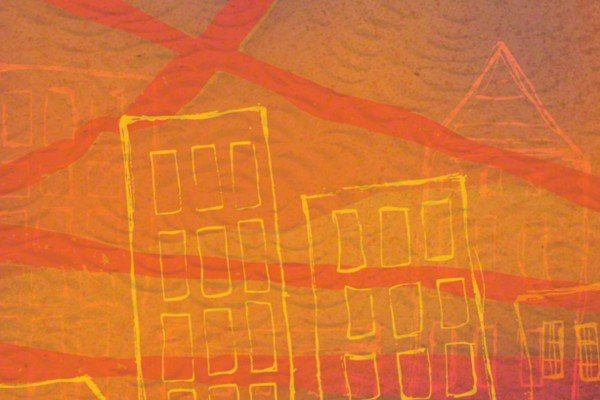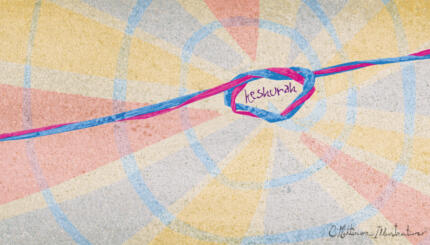Commentary on Parashat Tetzaveh, Exodus 27:20-30:10; Deuteronomy 25:17-19
In the era of Photoshop, Pinterest and Instagram, pictures are king. With our ability to quickly and easily transmit visual images, we tend to forget how to use words alone to describe things. This is why the painstaking description of the priestly clothing in Parashat Tetzaveh is, on the one hand, out of fashion (pun intended), and on the other a useful reminder of the power of words to preserve visual images.
In a section of the Torah that is often laconic, Parashat Tetzaveh allocates 43 verses to detailed instructions for the production of the vestments to be worn by the priests when serving in the ancient Temple. It is a great example of the micro-management style that Stephen Covey, in The 7 Habits of Highly Effective People, calls gofer delegation — basically, do this, this and this and let me know when it’s done. Create an ephod of gold, two shoulder pieces, a decorated band, engraved stones bordered with frames of gold, corded chains, and on and on. There isn’t much room for creativity, but the text does paint a vivid picture to ensure that we are able to accurately recreate the splendor of the priestly clothing at any time.
Long before Mark Twain wrote that “the clothes do not merely make the man, the clothes are the man,” the Torah was telling us that clothes are important. But could the Torah be saying something a bit deeper? Is it merely about how clothes make us look or is it more about how clothes make us feel? Is our clothing sending a message to society about who we are, or sending a message to ourselves about who we could be?
Studies have shown that clothes influence the psychological processes of wearers. Putting on a jacket and tie not only conveys professionalism to others, it conveys it to ourselves. By the same token, wearing an “ephod of gold, blue, purple and crimson yarns of fine twisted linen worked into design” has the power to elevate not only how the people of Israel perceive the priests, but more importantly how the priests perceive themselves. When this garb is donned, the priest enters into a state of holiness — and hopefully he will perform his priestly duties better too.
With your help, My Jewish Learning can provide endless opportunities for learning, connection and discovery.
There’s a famous Hasidic story about Rebbe Zusha and his brother, who decided to celebrate Shabbat on a weekday just to see if they would still feel the sanctity of Shabbat. They put on their special Shabbat clothing and discovered that they indeed felt a sense of sanctity even though it was a Tuesday. There is nothing inherently holy about any specific day of the week. Rather, our sense of Shabbat stems from the holiness we ascribe to it and from the symbols of sacredness we integrate into it.
Just as a tie may create a sense of professionalism, an ephod may create a sense of holiness. Wearing fancy clothing permits us to feel as though we are worthy. Wear splendor, act splendidly. Wear holiness, sense elevation.
But we also need to remember that clothing, no matter how fanciful (or professional), is ultimately not enough. The responsibility for attaining holiness, for maintaining ethical
standards, for elevating one’s spirit, lies within ourselves. We have to work to create holiness — on Shabbat and on Tuesday, in the Temple as well as at home. An ephod might shift the priest’s’
mindset. A tie and jacket might paint a picture of professionalism. But ultimately, we all need to do the work of being better at who we are and what we do. We may not be able to photoshop the biblical image we encounter in this Torah portion, we can strive to become the highest resolution version of ourselves.
Read this Torah portion, Exodus 25:1 – 27:19 on Sefaria
You May Also Like:
Sign up for our “Guide to Torah Study” email series and we’ll guide you through everything you need to know, from explanations of the major texts to commentaries to learning methods and more.
Subscribe to A Daily Dose of Talmud: Daf Yomi for Everyone — every day, you’ll receive an email that offers an insight from each page of the current tractate of the Talmud. Join us!
About the Author: Rabbi Noga Brenner Samia serves as director general of Hillel Israel, a network of seven Hillel centers on university campuses across Israel. Before joining Hillel Israel, she served as deputy director of BINA, a teacher at the Secular Yeshiva in Tel Aviv and executive director of KolDor.



